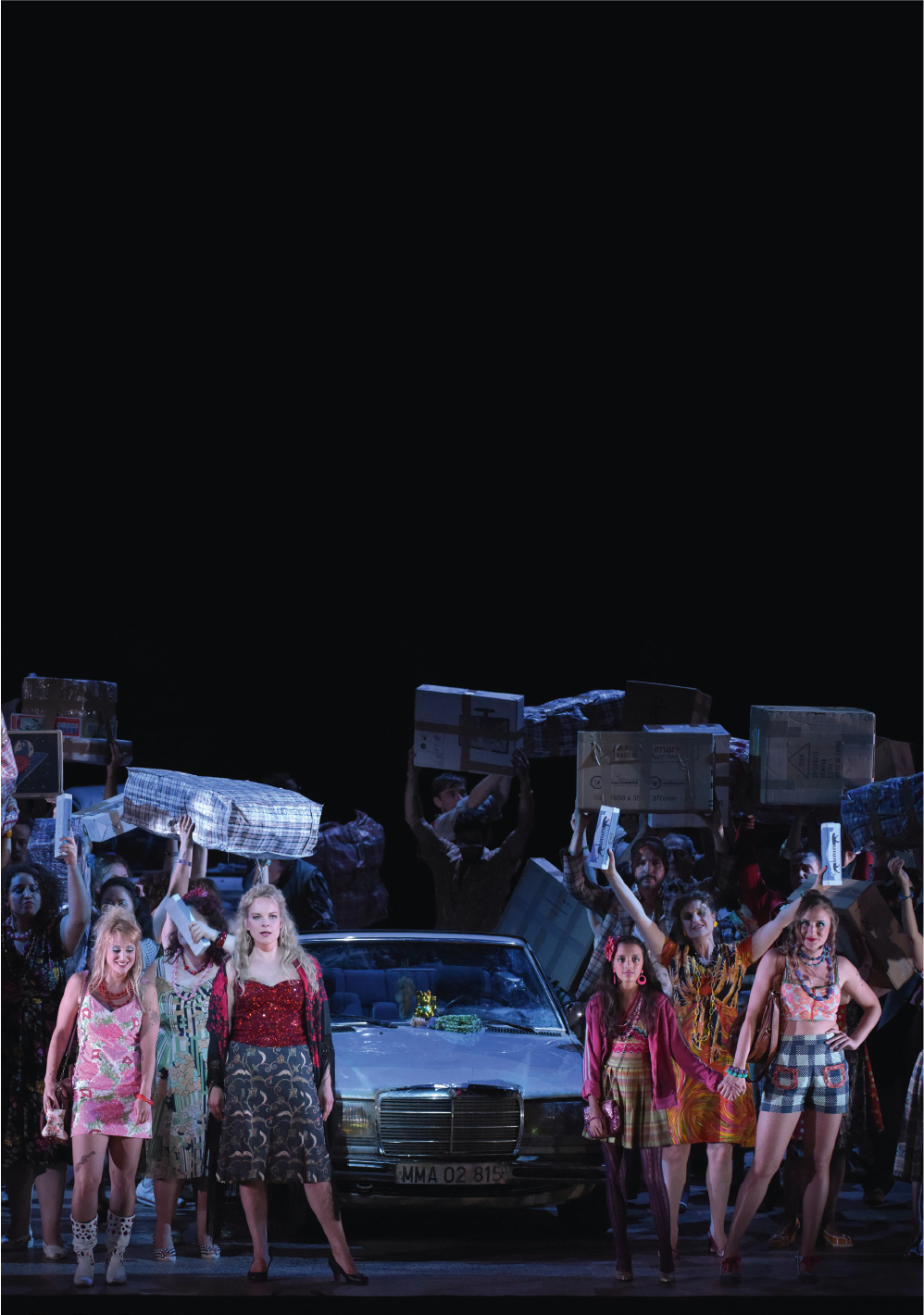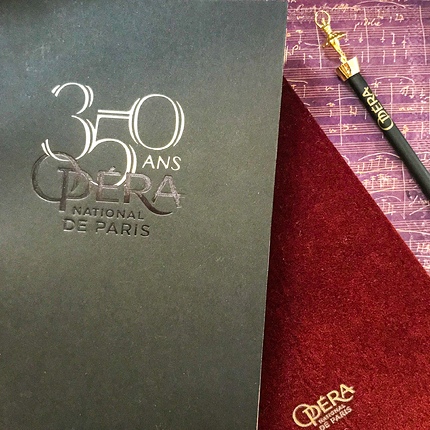The revelation came to me one evening in a jazz club in Brussels. I used to go there every Friday after working all week at the École des Arts Visuels de La Cambre. I liked to go around 7pm, after my class, well before the start of the concert. That way, I could unwind with one of the single-malt whiskies the club was famous for and enjoy the beauty of a place which had the restful shape of a jewel-case — a jewel-case of night-time velvet (burgundy red, bottle green) — a spherical jewel-case whose soft curves evoked a small Italian-style theatre with a balcony upstairs where my table was located, and from where I would never stop gazing at the two mysterious green steel chrome pillars rising up out of the centre of the club.
Lazlo and Bettina wouldn’t be long to follow, Generally, they arrived around 8 pm at which point we immediately ordered our favourite cocktails: a Rabid Dog for Lazlo, a Femme Fatale for Bettina, and for me a Georges Simenon (a rather smoky vodka and grapefruit).
They too taught at La Cambre: Bettina was an architect, and Lazlo an artist, and each Friday we liked to take stock of our classes and assess the expectations of our students and the demands that pushed us to find new ways to pass on our passions.
That September, I had just started teaching a rather unusual, somewhat heterodox class called “A History of the Forgotten Books of the 20th Century”. I defended the notion that prominent books merely formed a screen behind which other books deemed to be minor actually contributed to the true history of literature, which in my view falls within the realms of secrecy. These books did not endure enforced oblivion, they themselves had programmed it: they incorporated it in order to benefit from that secret dimension in which a genuine work continues to develop after it has been written. I postulated that each of these books had carefully concealed a revelation in their sentences; and it was the very existence of that revelation that made these books literature and sometimes great literature. No secrecy, I would tell my students, no literature — no revelation, no book.
And so I had already devoted several hours with them studying I Burn Paris by Bruno Jasienski, The Captain by Roberto Bazlen, The Encyclopaedia of the Dead by Danilo Kis, Livres des pirates by Michel Robic, Petersburg by Andreï Biely; and that very day I had started talking to them about The Street of Crocodiles by Bruno Schulz.
And so a minor literary heresy developed, which initially surprised my students, who were more accustomed to the names of great authors rather than the names of outsiders. Nevertheless, they seemed to appreciate it: ultimately, what I was hoping for was that they would adhere to the conspiracy, that each of them would participate in this counter-history, and in a way become part of the secret.
I was eager to discuss it with Lazlo and Bettina: Bruno Schulz’s book lent itself perfectly to the kind of speculations that they—and I—loved. Indeed, through the character of his father, who in the book plays the role of a prophet of Israel, the Polish writer developed a new theory of Genesis: the creation of the world was repeated in a family in a small town in Poland, according to exuberant laws which, by referring to the Bible also perverted it.
I like theories; I like to look for the things in books which, supposedly, are not there (but what else is there in books other than correspondences, allusions, and signs?). I like to think that books can speak across time—that they can rewrite each other: Thus, Schulz rewrites Kafka, who rewrites Kierkegaard, who like Kafka and Schulz, never ceases to rewrite the Bible, and more particularly the sacrifice of Isaac by his father Abraham.
Thus, in the so-called minor book —The Street of Crocodiles—behind the shop windows of the Street of Crocodiles, I was sure that Kafka, twenty years earlier, had called for a “new kabbala”, that’s to say a new sacred scripture capable of showing the hidden structure of the world and rekindling the passion of the word.
I could already imagine with a certain amount of pleasure Lazlo and Bettina’s surprise, as well as their reservations: They would never allow themselves to be carried along so easily. The evening promised to be fun.
With a smile on my lips, I gazed at the two large green pillars and started to daydream: It was impossible they had been erected in the middle of the auditorium by some architectural blunder: they were so imposing that they inevitably followed some schema. And then, due to the shimmering (because the upper floor of the club was covered with mirrors that would reflect the iridescent light from the ground floor), those two pillars seemed to distort and twist on themselves like the spiralled columns that Bernini sculpted for the baldachin of Saint-Peter’s Basilica in Rome.
I was about to order a second cocktail from the waiter after he walked over to my table, however, instead of taking my glass, he sat himself down in the leather armchair opposite me.
— Why are you studying Bruno Schulz ? he asked me.
I didn’t have time to respond:
— From the Creation of the world up until to the Warsaw Ghetto, he added, the position of the gaps was continually communicated by rite, sacrifice, and prayer; yet with the Shoah, the transmission of the gaps was broken.
— What gaps? I asked.
He did not reply to my question. I could barely distinguish the features on his face: he was sitting with his back to the light and in the club’s subdued luminescence, he remained in the shadows. And yet, at the same time, by framing his silhouette the two pillars seemed to wreath him in a halo. It even came to mind in a rather strange way, that his presence emanated from the space between the pillars.
— The Shoah did not interrupt the process, he continued: it is the process which, in a manner of speaking, profited from the Shoah to slow down. This is why it is now essential that the words continue to make their way along “parallel paths of time”, as Bruno Schulz called them. The word passes through the gaps, and those gaps are henceforth communicated by literature, poetry, and novels. Have you read Tree of codes by Jonathan Safran Foer?
Once again, I didn’t have time to answer: the young man continued his monologue without giving me so much as a thought.
— Jonathan Safran Foer understood that books must be read by opening the window in them. That window is adjusted to the secret the book carries within it, that is to say, the memory which frames its sentences. How far do you manage to see when you read?
I wanted to answer, but he seemed to be talking without even seeing me.
— A real book creates a breach in language: it burrows a hole in time, it crosses the centuries until it becomes contemporaneous with the acts of God. In a true book, regardless of the story being told, we witness the birth of light, the sky and the oceans. That’s why Jonathan Safran Foer cut up the sentences in The Street of Crocodiles with scissors: by creating gaps in the book, he rediscovered the window that looked onto Genesis.
I then noticed that a book had been placed next to my glass on the little table between us.
— Bruno Schulz’s words open onto primitive times just as a porthole looks out onto the sea. You know that Noah cut a window in the Ark: it was to release the dove; to see the Earth rise out of the water. Well, that window is still open: it penetrates the spirit, it digs a tunnel through the books — it makes the centuries communicate with each other. If you analyse a sentence and look inside each word, you will see time passing through itself since the beginning of the world.
Suddenly, I was struck by an overwhelming sense of joy and I began to laugh. A laugh enlightened by the obvious. It seemed to me that I had never known that window: I had spent my life looking inside each word; and what I saw there — what I was able to distinguish through the books of Bruno Schulz, but also Danilo Kis, Roberto Bazlen, and Andreï Biély was the bold, bluish light shining onto the Ark.
The waiter handed me my second Georges Simenon. I took it and glanced at the two pillars glittering green against the gold colours of the club: they now looked like the two columns of the Temple of Jerusalem.
I downed my vodka-grapefruit in one go. I continued to smile. The light flooding through the space between the pillars dazzled me; and in place of the young man whose silhouette had vanished as quickly as it had appeared, there was a book—a book that seemed so fragile that at first I didn’t dare move my hand towards it.
It was a strange volume: reminiscent of the body of a bird. I picked it up gently. It weighed practically nothing. A book of feathers I thought; a book full of air — a book with wings.
It was Tree of Codes: Bruno Schulz’s book cut up by Jonathan Safran Foer.
When I opened the volume, I saw the gaps. I saw the windows. Safran Foer had kept just a few words on each page, and they seemed to float like mobiles against a blank page.
It made me think of Mallarmé's poem A Throw of the Dice which hurls its words into the sky to create a new constellation in the heavens. But here, each word opened onto another word, and a story immediately took form randomly across the pages. A story that made the most of the giddiness created by the gaps. And while I conscientiously began to decipher the narrative offered by the paper-lace book by trying to reconstitute a rudimentary story with the few words of the text that Safran Foer had kept, I suddenly realised that instead of reading the sentences, I was reading the empty space. Seeing between the phrases, moving between the pages, passing through the windows.
And there, whether because of an excess of Georges Simenons, or the fatigue at the end of a long workweek, or the bewitching light from the Temple of Jerusalem shining specially for me between the two green pillars of the club, I began to see, as the strange young man had said I would.
Turning the pages of Tree of Codes, I saw a
desert, a knife, a throat slit open in a flash by a blade, and the hand of the
person holding the knife. I saw the sand, the stones, and springs appear with
the bluish hue of the Ark. I saw mountains dotted with olive trees, the first
blades of ocean-soaked grass and sleeping deer, giraffes, and panthers. I drew
closer and saw the burning pelt of the panthers, the eyelids of the giraffes,
and then the fine down covering the thighs of Eve. I saw horses snorting in the
meadows, and streams winding through forests. I saw dried blood on the walls of
caves, fire on faces, blood, seaweed, laughter. Suddenly, everything seemed to
dance, pelts, knife, legs, rivers… And
the light carried me into eternity.
Yannick Haenel














































































































